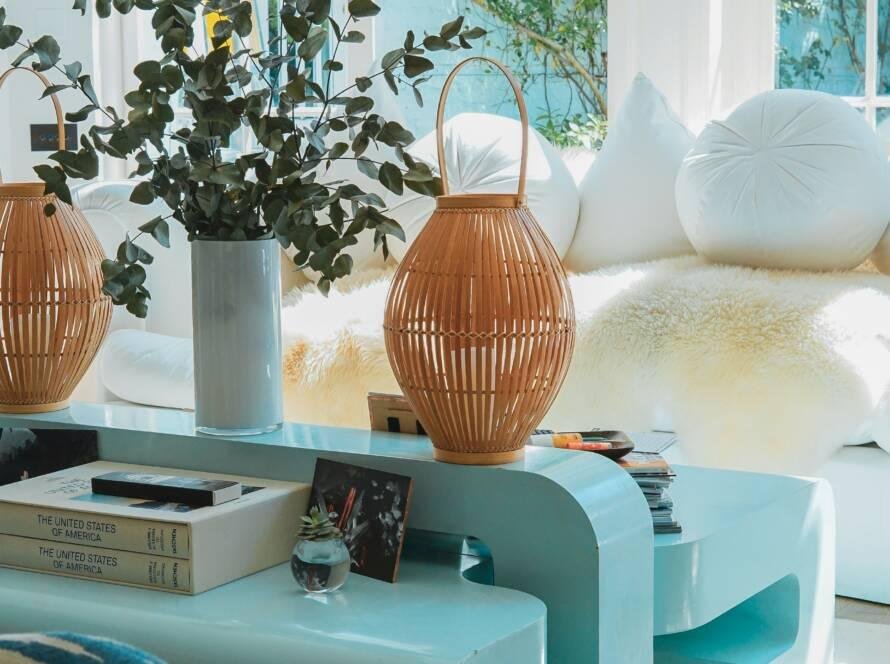Choosing the right colors for your interior depends on several factors, including the mood you want to create, the size and function of the space, your personal taste, and the existing furniture or decor. Here’s a step-by-step guide to help you decide:
1. Understand the Purpose of Each Room
- Living Room: Neutral or warm tones like beige, gray, or soft greens create a welcoming atmosphere.
- Bedroom: Calming colors like blues, greens, or lavenders promote relaxation.
- Kitchen: Bright colors like yellow or white can make the space feel lively and clean.
- Bathroom: Light blues, whites, or pastel shades create a spa-like, refreshing vibe.
- Home Office: Colors like greens, blues, or earthy tones can improve focus and productivity.


2. Consider the Mood You Want
- Relaxing: Soft blues, greens, and neutrals.
- Energizing: Bright yellows, oranges, or vibrant reds (use sparingly in larger areas).
- Sophisticated: Deep tones like navy, charcoal, or jewel tones (emerald, ruby, sapphire).
- Minimalist: Whites, grays, and earthy tones.
3. Factor in Lighting
- Natural Light: Cooler tones work well in spaces with plenty of sunlight.
- Artificial Light: Warm tones can make a dim room feel cozy, while cool tones can enhance brightness.
4. Coordinate with Furniture and Decor
- Use complementary colors to tie the room together.
- Choose colors that highlight or contrast with key pieces of furniture.

5. Think About Color Proportions
- 60-30-10 Rule: Use one main color (60%), a secondary color (30%), and an accent color (10%).
6. Test Before Committing
- Use paint samples or swatches to see how colors look at different times of the day.



